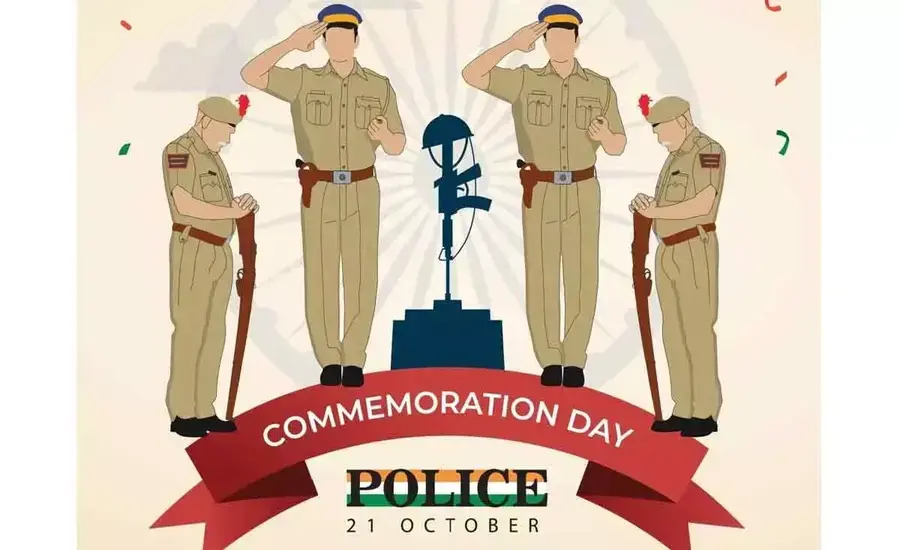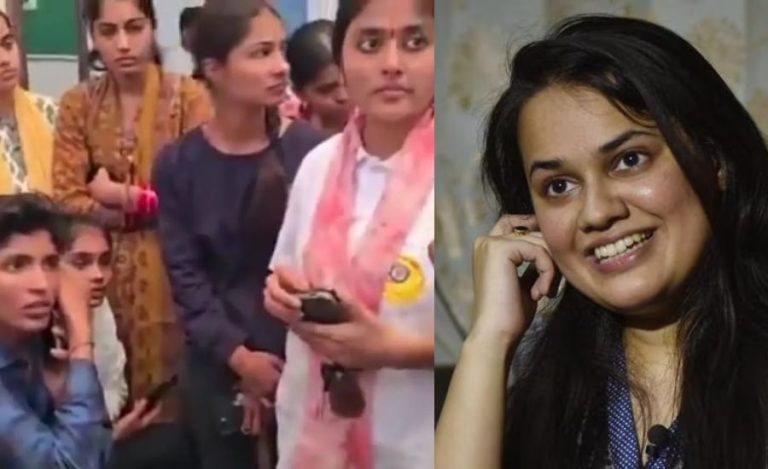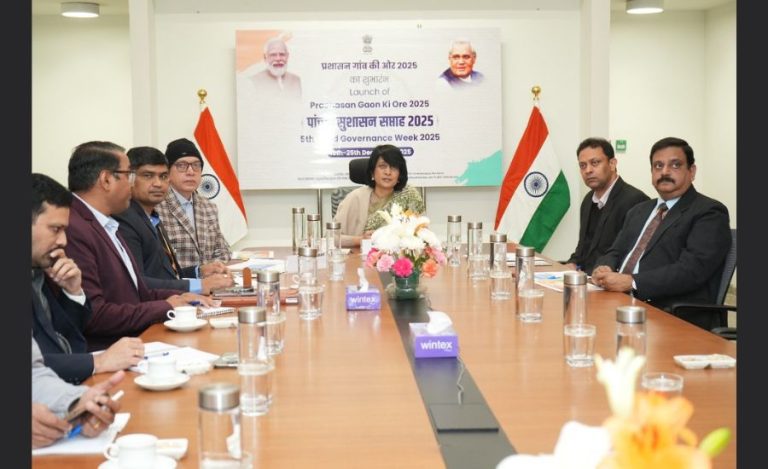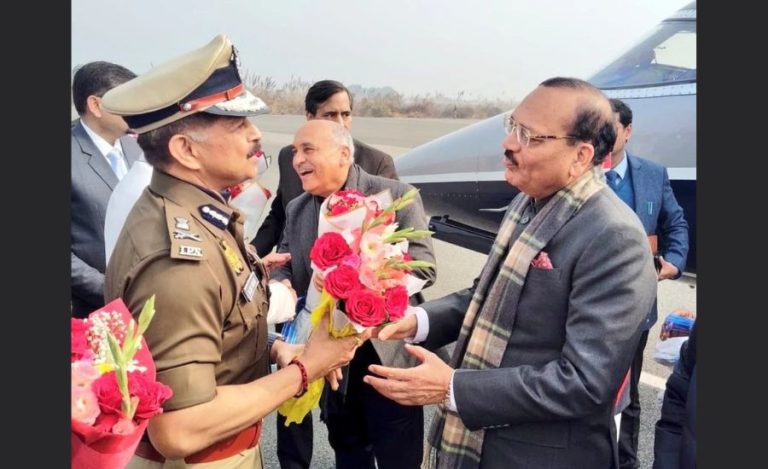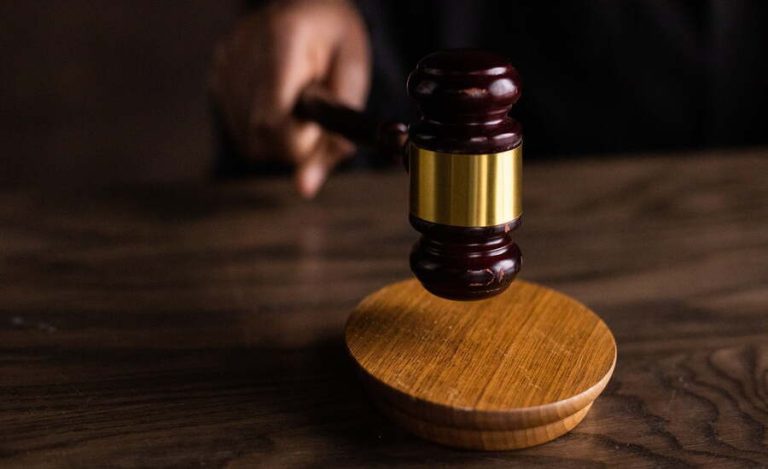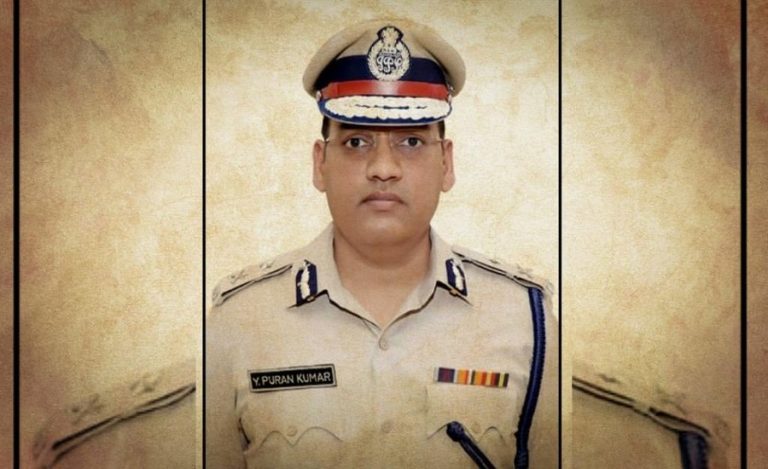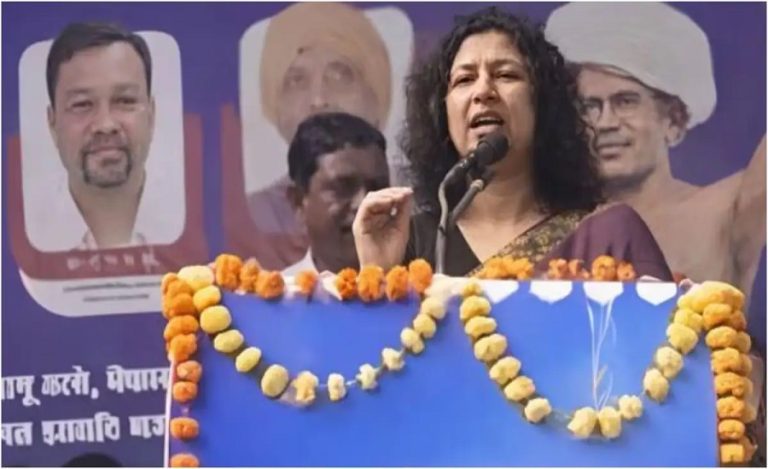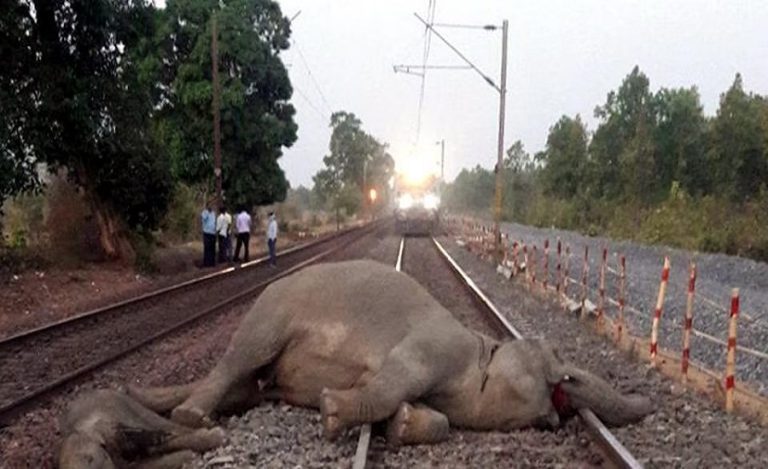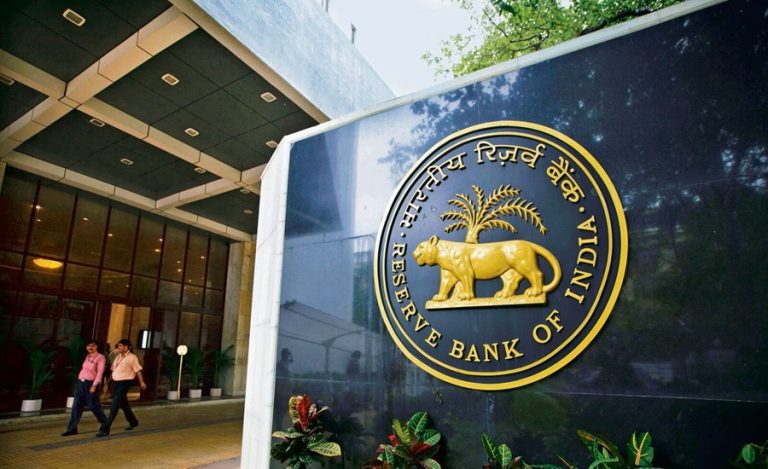New Delhi: On the solemn occasion of Police Commemoration Day, Defence Minister Rajnath Singh laid a wreath at the National Police Memorial in New Delhi to honour the courage and sacrifice of India’s police and paramilitary forces.
Background
Police Commemoration Day is observed every year on 21 October to honour police personnel who have made the supreme sacrifice. The date was chosen in memory of the Hot Springs (Ladakh) ambush in 1959, when ten Indian police personnel died in an unequal confrontation with Chinese troops.
The National Police Memorial, located in Chanakyapuri, New Delhi, was dedicated to the nation on 21 October 2018. It stands as a 30-foot high granite sculpture, the ‘Wall of Valour’ and an underground museum chronicling over two millennia of policing in India.
Significance & Key Takeaways
Reinforcing internal and external security: The minister’s address underscored that balancing border defence and civilian safety is vital for India’s goal of “Viksit Bharat by 2047”.
Modernisation of policing: From drones and digital forensics to better equipment and training, the police are being empowered to meet complex modern challenges.
Citizen-police partnership: Emphasising mutual trust and responsibility between society and law-enforcement, the article highlights that policing is not one-sided—it requires public cooperation.
Triumph over extremism: The transformation of the ‘Red Corridor’ into growth corridors shows the positive impact of sustained law-enforcement and development efforts.
Remembrance and respect: The ceremonial wreath-laying and parade at the National Police Memorial continue to remind the nation of the sacrifices made by thousands of police personnel through the decades.
Major events and Highlights
The minister recalled the historical moment of 21 October 1959, when ten valiant policemen lost their lives in an ambush by heavily-armed Chinese troops at Hot Springs, Ladakh while defending the nation’s border integrity.
He described the armed forces and police as “pillars of national security”, emphasising that while the military guards geographical frontiers, the police safeguard social integrity.
In his address, Shri Singh acknowledged evolving threats: from border instability to organised crime, terrorism and ideological wars within society. He noted that crime today is more organised, invisible and complex—aimed at undermining trust and destabilising the nation.
Highlighting the success in the fight against left-wing extremism, he said concerted efforts by the police, CRPF, BSF and local administration have transformed former “Naxal hubs” into growth corridors, reducing the number of districts affected drastically. He expressed confidence that the challenge will be effectively neutralised by March next year.
Shri Singh also stressed that policing success lies in the relationship between society and police. “Policing can function effectively only when citizens work as partners and respect the law … the relationship between society and the police based on mutual understanding and responsibility makes both prosper,” he said.
Read also: “Operation Sindoor Proves India’s Indigenous Defence Might: Raksha Mantri at SSU Convocation”
He pointed out the sharp modernisation of police forces in recent years: from state-of-the-art weapons and surveillance systems to drones, forensic labs and digital policing infrastructure. He credited the leadership of Prime Minister Narendra Modi for the establishment of the National Police Memorial in 2018 and for providing resources to states for modernisation.
The event also featured a joint parade of Central Armed Police Forces (CAPFs) and Delhi Police, attended by dignitaries including Union Minister of State for Home Affairs, Home Secretary, Director of Intelligence Bureau and DG BSF.

